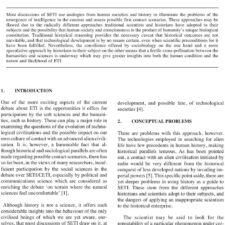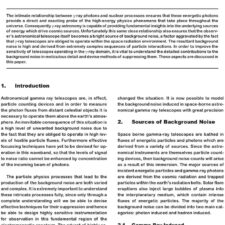A Dust Cleaning System for Solar Arrays on Mars using Pressurized CO2
£5.00
F. J. Arias (2018), JBIS, 71, pp.89-91
Refcode: 2018.71.89
Keywords: Dust-removal technique on Mars, Solar Power on Mars, Freezing process
Abstract:
Obtaining CO2 from the Martian atmosphere through a freezing process has been proposed during the last decade as a means of obtaining high-pressure gas without having to use mechanical and sorption pumps – which, besides being large and heavy, would need several stages of mechanical compression to achieve the equivalent final pressure. This earlier work considered the CO2-freezing process as the basis of an in-situ propellant-manufacturing process. However, it could also have another as yet unexplored and more prosaic application – namely, to supply high-pressure gas to clean the surfaces of dust-covered solar arrays. The loss of solar array efficiency due to dust deposits is a particular issue for the projected six-month Sample Fetching Rover (SFR) mission, where the current baseline architecture employs solar arrays to supply primary power. Dust storms and subsequent dust deposites could jeopardize the entire mission, not only reducing the energy available for locomotion but also for the communication with the Mars Ascent Vehicle (MAV). Utilizing a simplified physical model, the theoretical basis of this concept is outlined.





